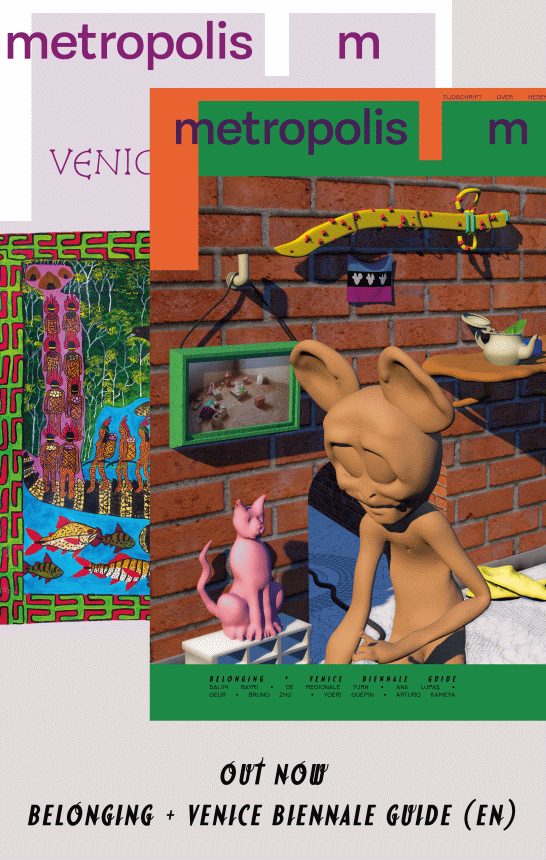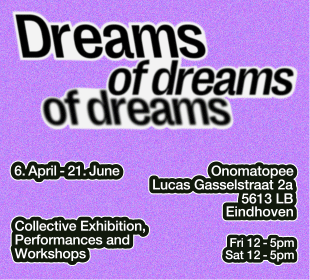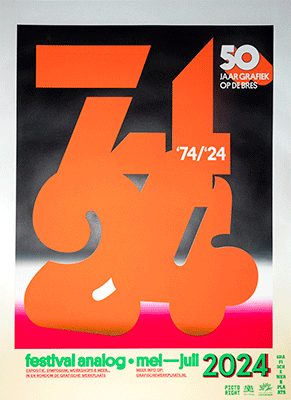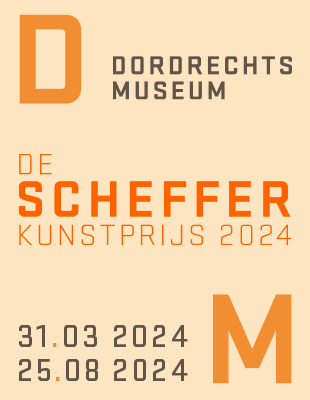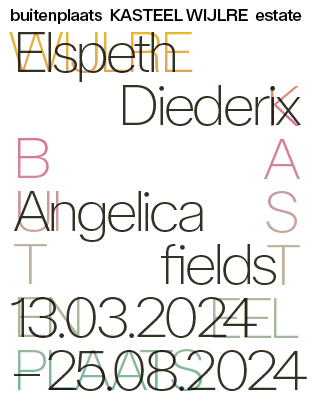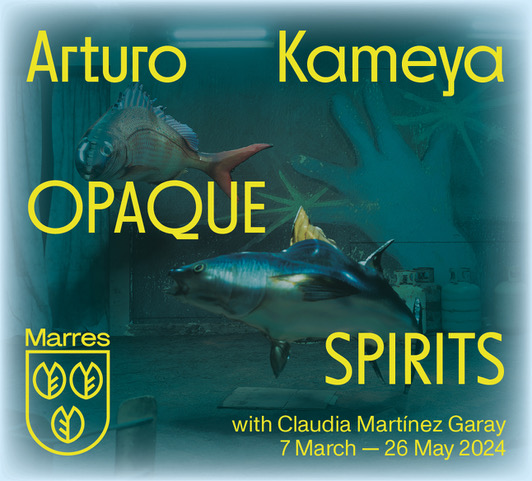200 medewerkers voor grote galeries
Artnetnews rekende uit dat de staf van de grote global galeries van Gagosian en Hauser & Wirth al snel uit meer dan 200 medewerkers bestaat.
Galleries are complicated businesses. No two are the same, except in one way: None of them is a public company, meaning that none is obligated to release financial or operational data for all to see. Although the absence of sales and pricing information tends to receive the most attention, this fog makes informed, useful discussions of the industry difficult in a variety of ways.
One of the most consistent (and consistently awkward) of these is our inability to sort galleries into anything but the broadest possible tiers based on size and commercial clout. By necessity, we usually end up resorting to a few well-worn terms to create the taxonomy: emerging galleries, mid-size (or mid-market/mid-level) galleries, high-end galleries, and mega-galleries.
But what do these terms really mean? Are they the best ones to use? And even if so, how do we figure out which galleries qualify for which tier?
It’s common and sensible to try to answer these questions by factoring in publicly available data, like the number of physical spaces that galleries maintain, the number of art fairs they participate in, or the number of artists they represent. Still, these variables can come with heavy caveats—not all fairs are created equal, for instance—and no industry standard exists for how to weigh the information.
Meer op artnewsnet
